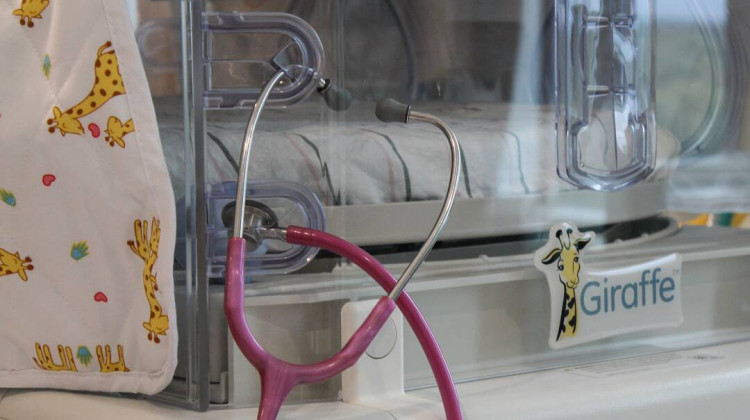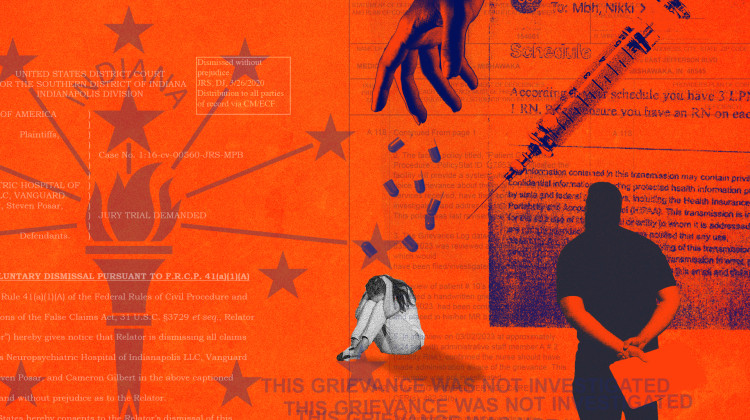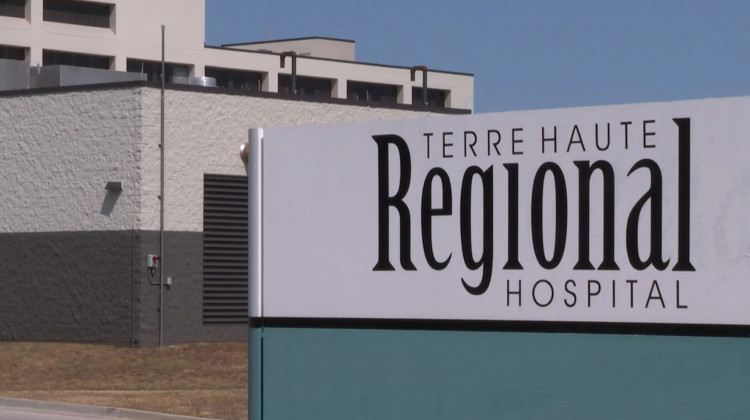INDIANAPOLIS -- A new report from the Indiana University Public Policy Institute finds that when it comes to healthcare, location, location, location can make a big difference.
For people living in Indiana’s rural counties, getting to a doctor is nearly twice as difficult as it is for people in mid-sized or suburban Hoosier counties. Sue Burow, senior policy analyst at the IU Public Policy Institute, says the percentage of doctors in rural areas has been dropping for decades.
"The rural residents have lower access to providers and often much lower than the statewide rate, especially for mental health providers," Burow said.
The statewide rate for mental health providers is 133 for every 100,000 people compared to 55 in rural counties.
Burow authored the Hoosier Health and Access to Care study that shows people in rural communities report the most poor health days, 3.7. The report also points to a strong demand for health care workers at every level throughout the state.
Burow says numerous incentive programs like physician bonuses and student loan forgiveness programs could help fill in some of the gaps.
The study is the fourth in a series called ‘Thriving Communities, Thriving State’ exploring how changing demographics and economics affect quality of life factors across the state.
 DONATE
DONATE








 Support WFYI. We can't do it without you.
Support WFYI. We can't do it without you.